Author Rick Charette
Photographer Brown Chen, Mike Sung, Jeremy Kuahn, URAYAMA, Cloud Forest Collective
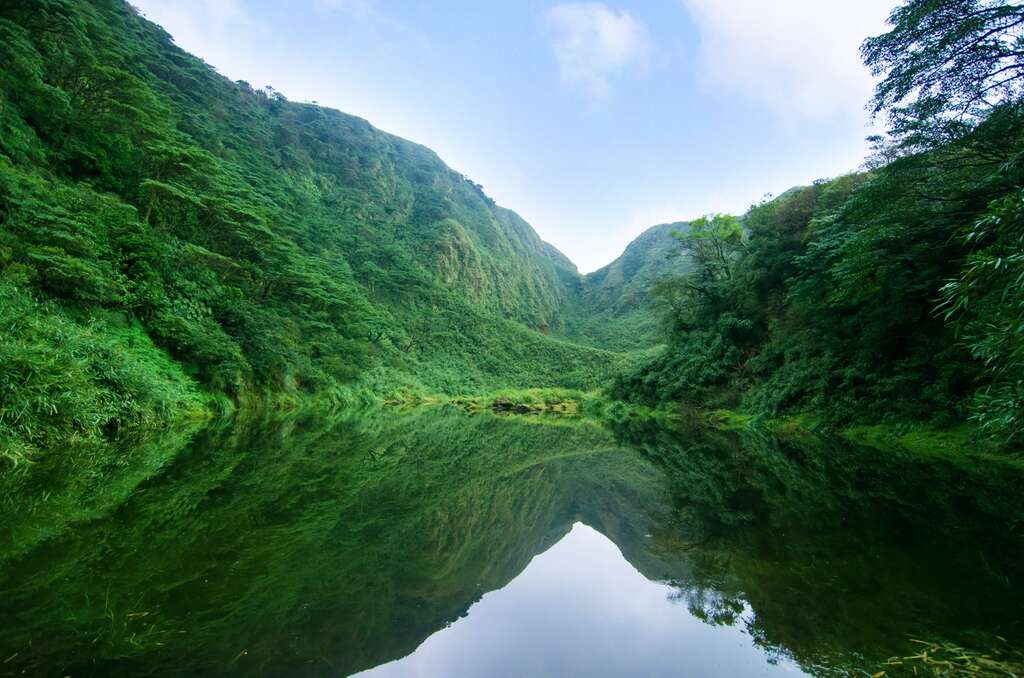
Among the myriad precious things that make Taipei so unique as an international travel destination is the fact that this city has a large national park right within its borders. This is verdant Yangmingshan National Park (陽明山國家公園), one of the country’s top attractions.
It sits like a crown on the mighty Yangmingshan massif on the city’s north side, with views directly down into the city center from varied vantage points.
The park is so close to the downtown core that you can get up there in approximately 60 minutes via an easy bus ride. The proximity of the park and the vast green space of the surrounding Yangmingshan area make this the perfect healing getaway for local denizens, who have fondly dubbed this tranquil idyll Taipei’s “backyard garden.” Its effectiveness as an oasis of rejuvenation for body and spirit is at its height in spring, when the greatest concentration of its legion of pastel-hue flower types bursts into glorious bloom.
Allow us to serve as your guide on a springtime adventure to introduce the diverse blooms of the season and the bounty of other gifts of nature that make this 113-km2 playground such a magical sanctuary of sustainable green tourism.
Geological Wonder
The Yangmingshan massif is a cluster of long-dormant volcanoes, known as the Datun Volcano Group, with a large magma chamber deep below and a hydrothermal reservoir above it. Look at the massif from the sky, and you’ll clearly discern the rounded contours of the adjacent north coast, evidence of past massive lava flows. Look down at small Mt. Shamao (紗帽山) and you’ll see a symmetric dome shape resembling a rounded “yarn hat” — i.e., the meaning of “shamao” — the result of ancient viscous lava flows. This past has left Yangmingshan with rich earth, exuberant plant growth, and the fantastically diverse terrain.
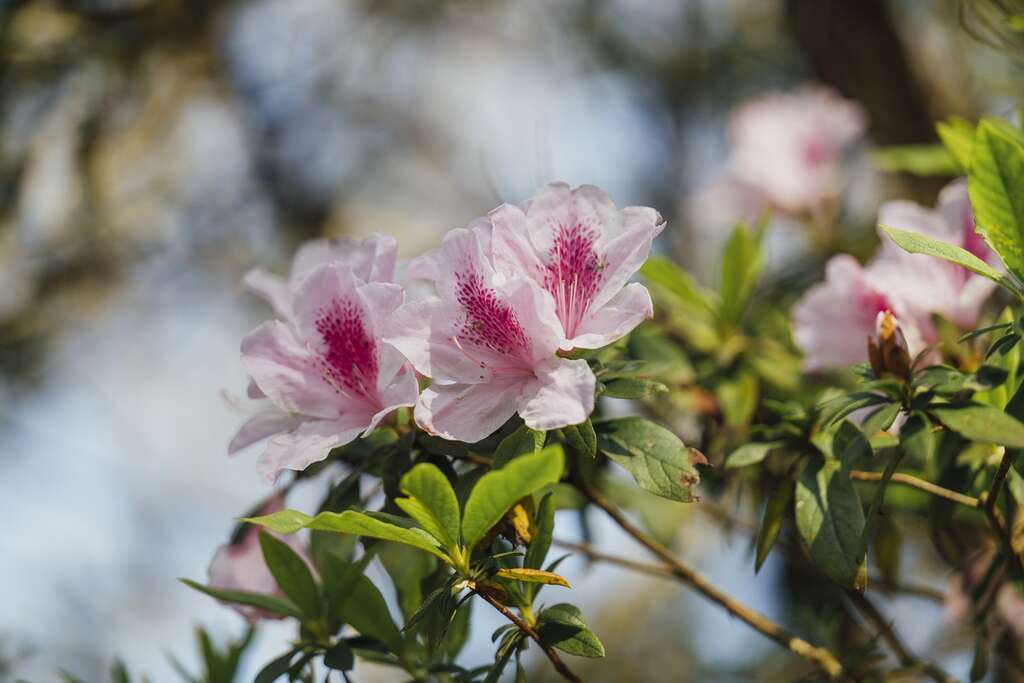
Green Ecology
To fully engage your five senses for healing moments, you must immerse yourself in a peaceful environment where you can focus on nature, listening to, smelling, visually observing, and physically feeling its beauties. There are no better immersion locations than “silent trails,” and indeed such trails have been cultivated in abundance in Yangmingshan National Park.
The park was designated a first-level noise control zone by the authorities, and subsequently became the world’s first “Urban Quiet Park” certified by Quiet Parks International (QPI) in 2020. QPI standards require that noise levels not exceed 45 decibels in at least three locations and that sudden noises not exceed 60 decibels. Approximately 45 decibels is about the volume of wind blowing through a forest, while 60 decibels represents the volume of normal conversation. Ongoing measurements in Yangmingshan have shown that the quietest areas reach only 30 decibels, resulting in the pleasant experience of the healing natural music of birds, frogs, and cicadas being almost constant companions during walks or hikes.
A Quiet Trails Outing
Our destination is the east-side base of Mt. Qixing (七星山, Seven Star Mountain), Yangmingshan’s highest mountain at 1,220 meters. Though steep in sections, the trails to the top (from the east and west sides) are not considered difficult, and take just an hour or so to complete. Your reward is grand, the 360-degree view with sea to the north and city in the Taipei Basin south breathtaking.
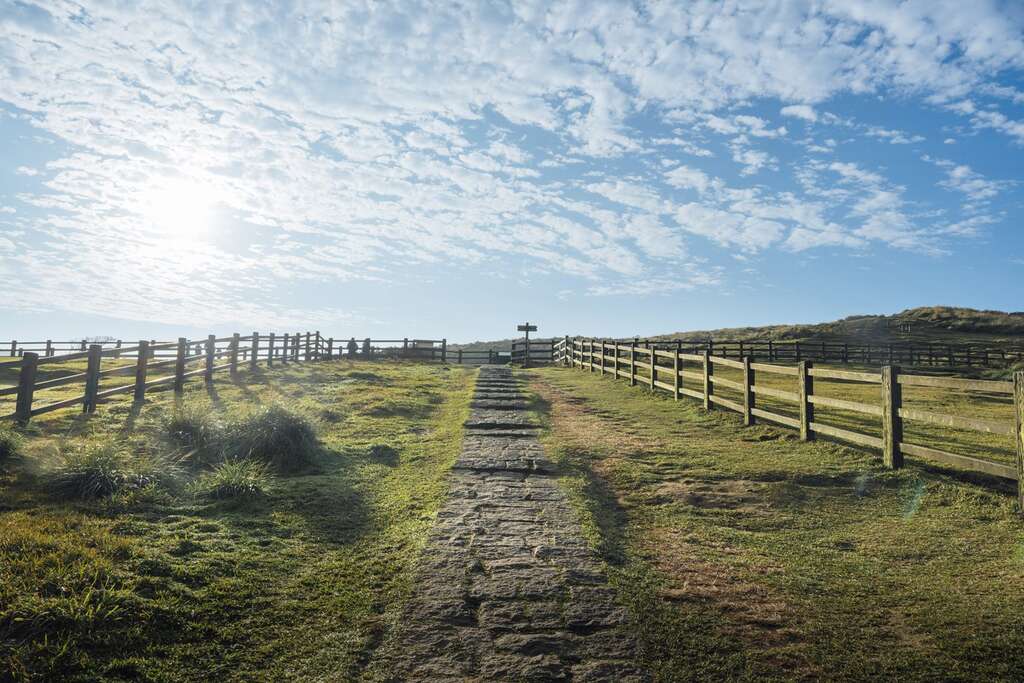
For a much flatter and easier route, it involves interconnected trails that can be undertaken in an afternoon. Lane 101, Jingshan Road snakes along Mt. Qixing’s east-side base. The Menghuan Pond Trail is a loop route, 2.2 kilometers, that begins roadside across from the Lengshuikeng Visitor Center and takes you up-mountain a little ways to Menghuan Pond (夢幻湖), then brings you down roadside a few hundred meters north (average grade 12 degrees).
“Menghuan” means “dreamy.” This area is a wetland often shrouded in mist and fog, and is considered the heart of Yangmingshan’s Ecological Protected Area. It is also the natural habitat of the Taiwan Isoetes, an ancient and rare plant that grows nowhere else on Earth.
The Lengqing Trail, which runs from the Lengshuikeng Visitor Center east to the Qingtiangang Grassland (擎天崗草原) is 1.8 kilometers with easy grades. Lengshuikeng (冷水坑, Cold Water Pit) was formed when the volcanic lava that shaped the Qingtiangang plateau (from a mountain immediately south) dammed a sulfur stream that still pours off Mt.Qixing’s east side, providing low-temperature spring waters (the barrier lake long ago dried up). Here, visitors can enjoy the free male or female-only public bath as well as a foot-soaking pool.
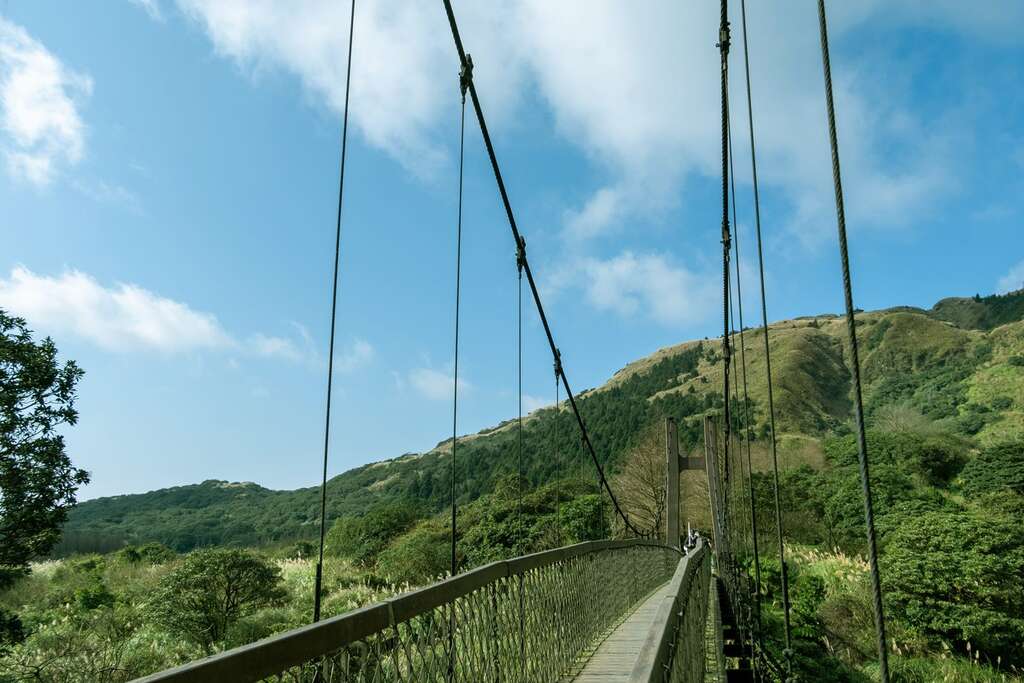
Highlights on the way to Qingtiangang include white, sulfur-laden Niunai Pond (牛奶湖, Milk Pond), the pedestrian-only heritage Jingshan Suspension Bridge (菁山吊橋), and the Lengshuikeng Eco Pond (冷水坑生態池), thick with aquatic plants along a lengthy tree-shaded trail section.
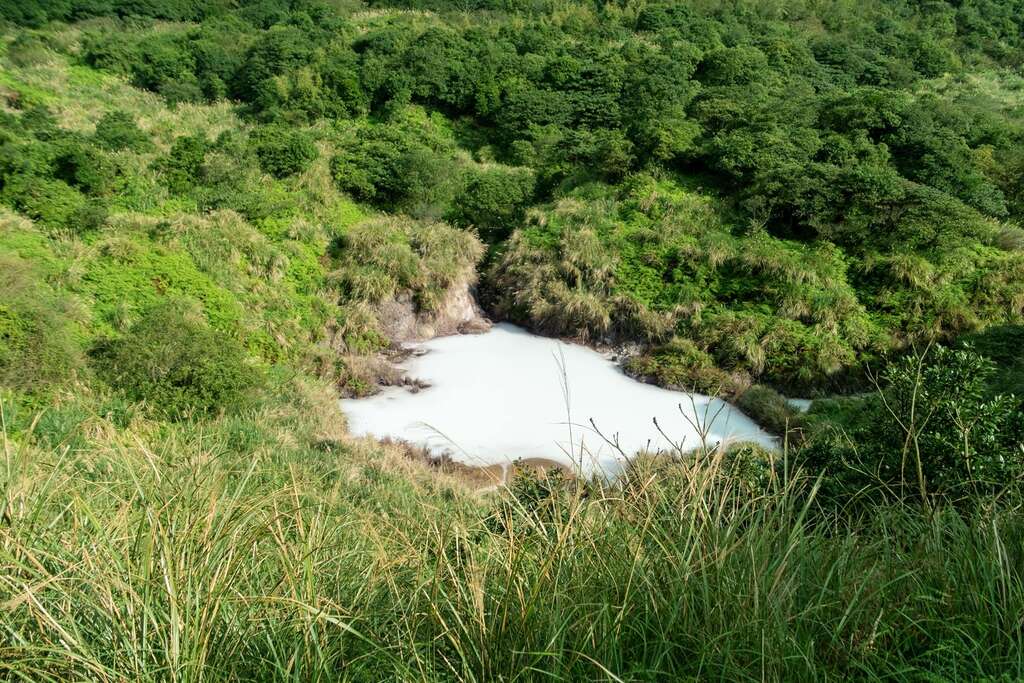
Qingtiangang is an expansive grassland-topped, saddle-shaped plateau formed by the lava build-up. The friendly-grade Qingtiangang Circular Trail is 2.4 kilometers, starting/ending at the visitor center. A renowned highlight is the grazing semi-feral water buffalo; a ranch was established here during the Japanese era but is long since abandoned.
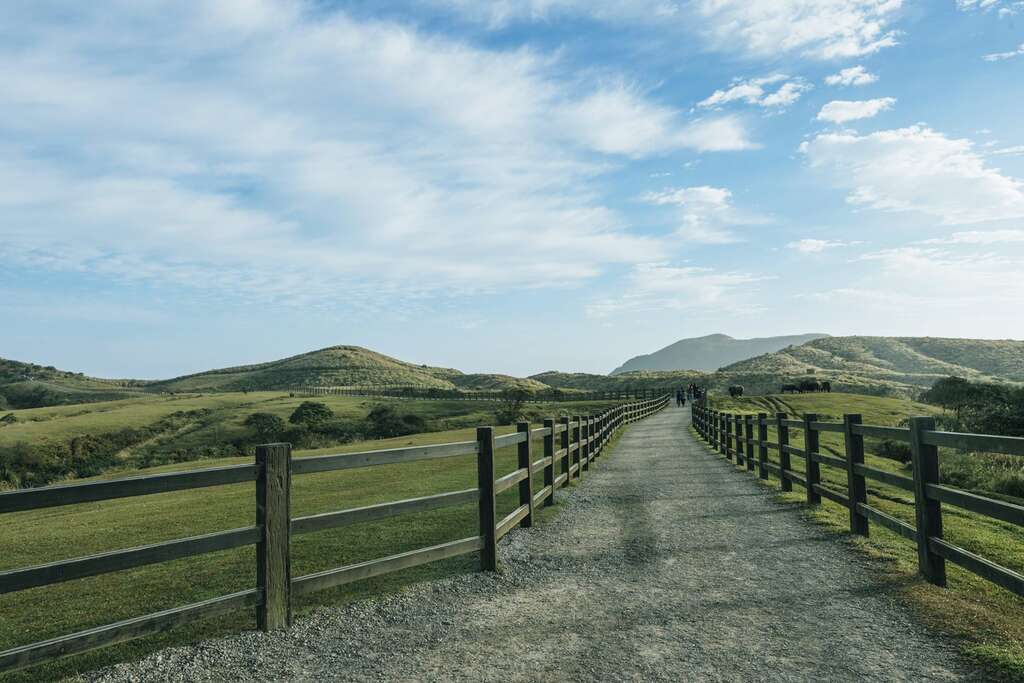
Flower Viewing Attractions
Another Yangmingshan tourist magnet is its flower seasons. The park is a veritable flower-lover’s nirvana, festooned with the vibrant pastel colors of different varieties throughout the year. Each season blooms with a completely different canvas of landscapes.
There are five key flower seasons worth spotting in Yangmingshan: cherry blossoms from February to March, azaleas (Taipei’s official flower) also in March, calla lilies from March to April, hydrangeas in May through June, and silvergrass in October on to November.
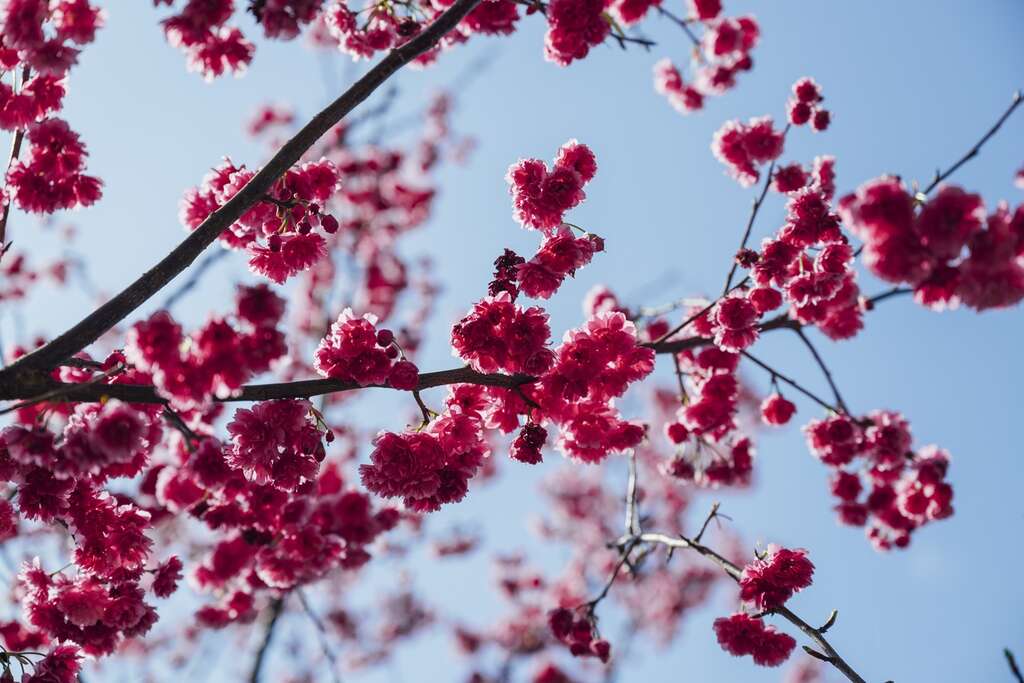
Yangmingshan Flower Festival 陽明山花季
Most famous is the torrent of cherry blossoms in spring, which can be traced back to the Japanese era when the nostalgic Japanese missed their beloved sakura-viewing traditions, and planted great numbers of cherry trees in the Yangmingshan area, a move that continues to draw tourists to this day.
The prime viewing locations include Qianshan Park (前山公園) and Yangming Park (陽明公園), both within undemanding walking distance from the Yangmingshan Bus Terminal, with the latter boasting the iconic Flower Clock (花鐘). The nearby Floriculture Experiment Center (花卉試驗中心) is also an exceptional spot flower lovers shouldn’t miss.
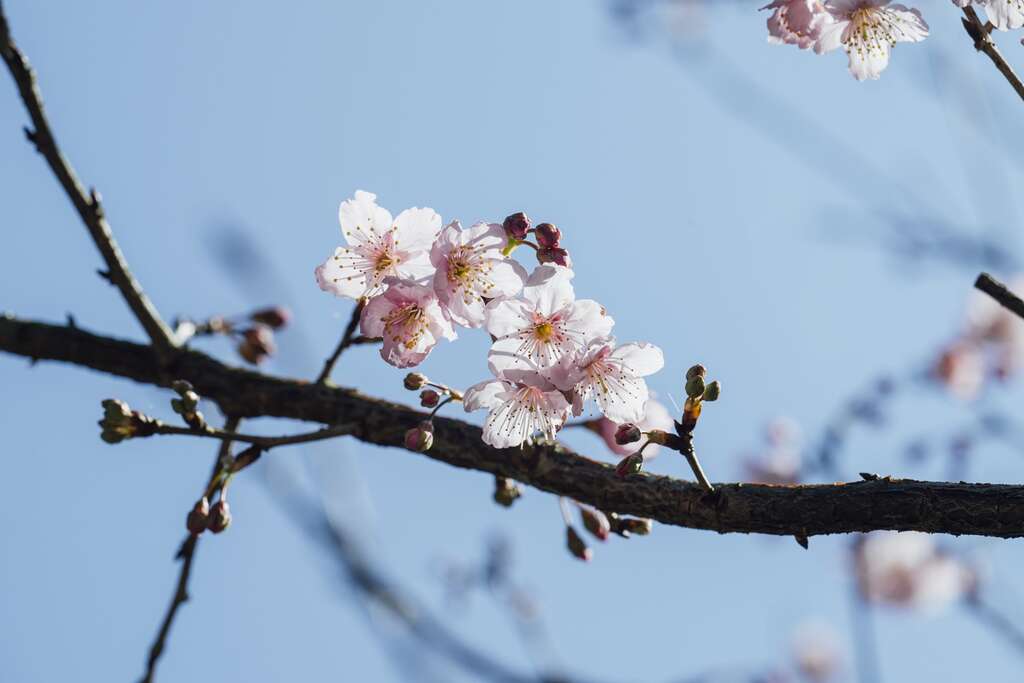
The annual Yangmingshan Flower Festival, held for over 60 years, runs from early February until mid-March. Beyond the cherry blossoms and azaleas, camellias, peach blossoms, and plum blossoms also star (the last is Taiwan’s national flower). Among the most ebullient cherry types are the Yae Sakura, Showa Sakura, Yoshino Sakura, and Taiwanese Mountain Cherry. Among the manifold special festival activities are oral-theme guided walks, a street dance competition, and outdoor musical performances.
Zhuzihu Calla Lily & Hydrangea Festival
竹子湖海芋季與繡球花季
Next up in popularity is the combined Zhuzihu Calla Lily & Hydrangea Festival, which runs from mid-March through June. Zhuzihu (竹子湖), or Bamboo Lake, is a once-marshy depression drained by the Japanese for agriculture, thereafter used to grow Moso bamboo, tea, Penglai rice, and cabbage.
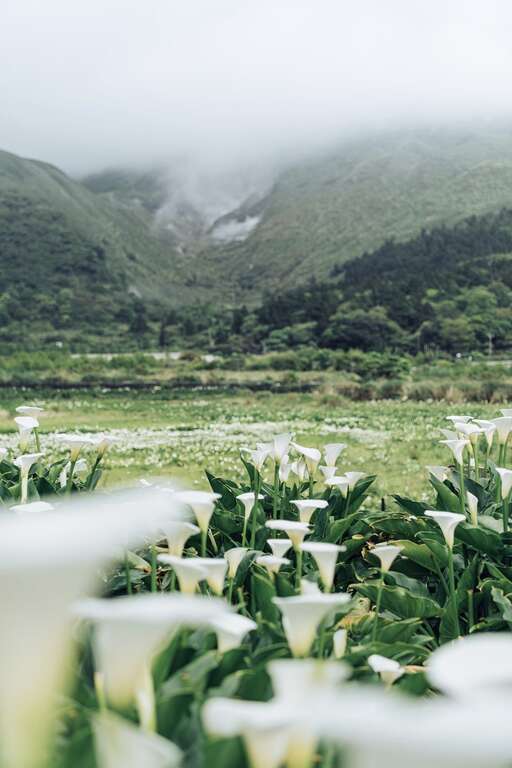
The depression, at the base of Mt. Qixing’s west side, was formed by lava-ow buildup on its west and south (Mt. Datun is on its north). Today the basin is filled with sustainable tourism-focused farms specializing in flower cultivation. The Calla Lily Festival was first held in 2002; hydrangeas were introduced more recently, to extend the spring/early summer flower-gazing fun. Fully 80-90% of Taiwan’s calla lilies are grown here.
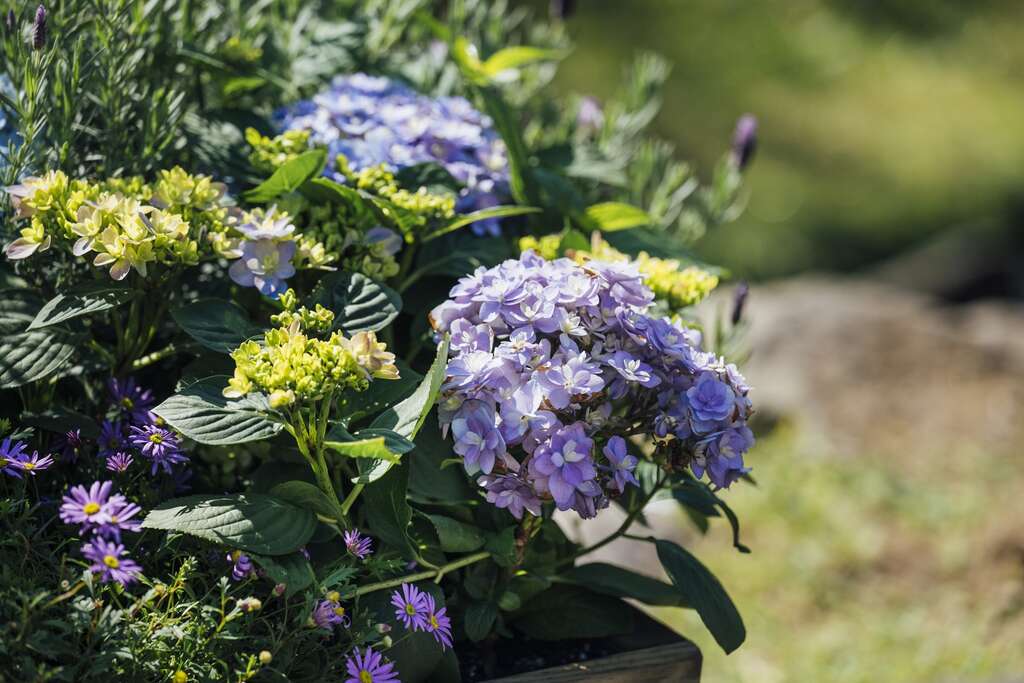
Visitors come to walk the paths through the flower fields, pick their own flowers (for a fee), and eat healthy meals at the rustic eateries. Among the dedicated festival-period activities are guided eco-farm tours and experience activities, concerts, and displays of landscape art.
For more information on these and other oral events in Yangmingshan and throughout Taipei, visit their official website.
Unique Shops in the Mountains
Unique Shops in the Mountains
URAYAMA — Savoring Coffee and Aesthetics
When you arrive at Yangmingshan to admire the flowers, envision yourself seated with a cup of coffee, immersed in the picturesque colors and shadows of Yangmingshan’s four seasons — how wonderful that would be!
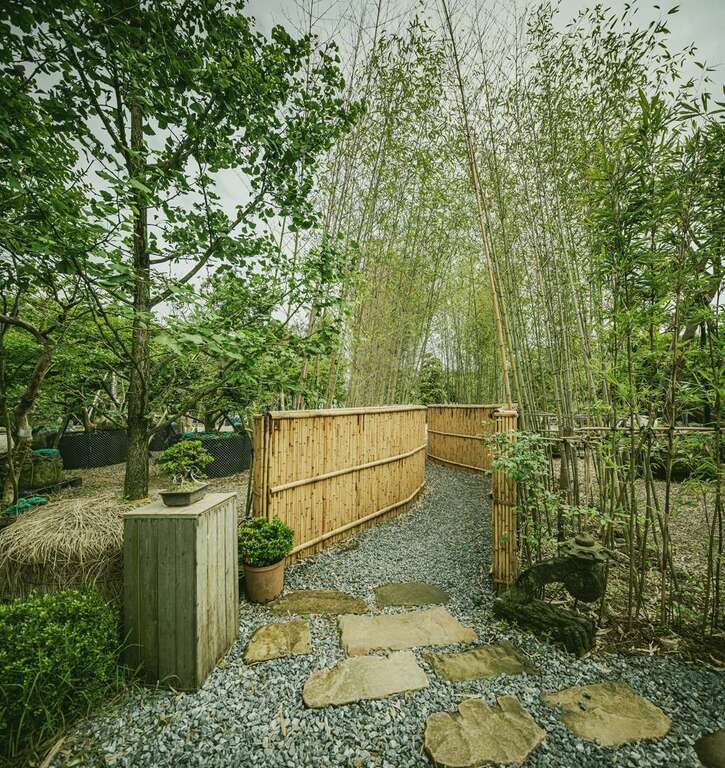
URAYAMA (裏山) is exactly this kind of place. As Shen Ying-jen (沈映仁), founder of URAYAMA, says, “We wanted to create a mountain in the city,” and it has thus become a green sanctuary hidden in the mountains, adorned with antiques, plants, and artistic culture, making it a favorite destination for both Taipei residents and travelers to visit and relax on weekends.
Here, you’ll find enchanting green gardens and landscapes worth exploring, where you can witness the blooming and fading of flowers and plants with the changing seasons, vibrant and lush. Explore Taiwanese and Japanese antiques, and unearth treasures among the ancient artifacts and traces of bygone eras that pique your interest. Enjoy the greenhouse café, where you can listen to the soft tones of wind chimes and savor the fragrance of coffee from the deep in the mountains.
The artistic space is akin to strolling into a community art museum, offering a sense of freedom as you appreciate the creativity and craftsmanship of Taiwanese artists.
URAYAMA
🚩109-10, Pingjing St., Shilin Dist.
🕝Sat. and Sun. 12:00pm-6:00pm
(Occasionally closed for maintenance. Check announcements on social media.)
Cloud Forest Collective — Pottery and Meditation in Nature
Cloud Forest Collective (雲森陶陶工作室)is highly recommended as a place for travelers to slow down and gather energy in Yangmingshan. This pottery space, beneath greenery and large glass windows, surrounded by ancient houses, combines exhibitions, classrooms, and workshops, offering creative and surprising experiences in every corner.

Founder David Pipkin, from the US, has a healing philosophy. “The process of making pottery is like meditation,” he says. “You must be very relaxed and focused on what is in your hands.” Pottery making, meditation, and handcrafting become a kind of art therapy, not only relieving stress but also injecting energy and passion into life through the creative process.
Cloud Forest Collective also offers travelers the opportunity to experience custom pottery in the mountains. With pre-booked arrangements, visitors can test their art skills by making Raku (樂燒) pottery, a special low-temperature firing technique, under basic instruction in both Chinese and English. The artwork makes the perfect memento for such journey.
Cloud Forest Collective
🚩 4, Ln. 25, Kaixuan Rd., Shilin Dist.
🕝 Wed. to Sun. 11:00am-5:00pm
(At least one month in advance for the experiential course sign-up. Check info on social media.)
There is an inexhaustible treasure vault of natural jewels in Yangmingshan waiting for tourists to explore, and though exquisite in all seasons, Yangmingshan is most beautiful in spring. The time to go is now!
This article is reproduced under the permission of TAIPEI. Original content can be found at the website of Taipei Travel Net (www.travel.taipei/en).

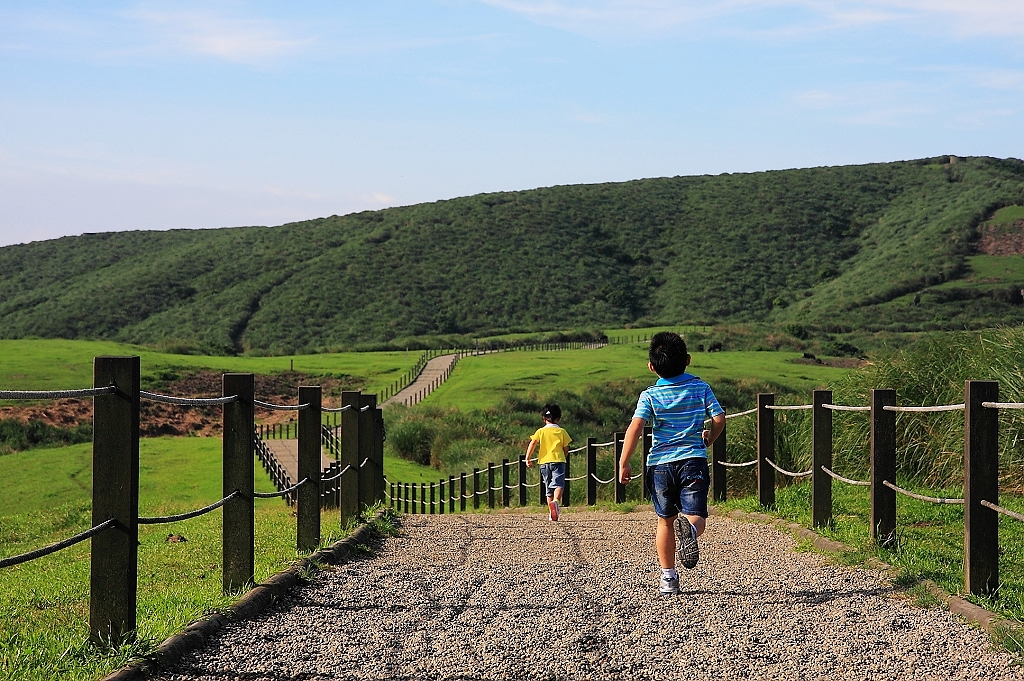
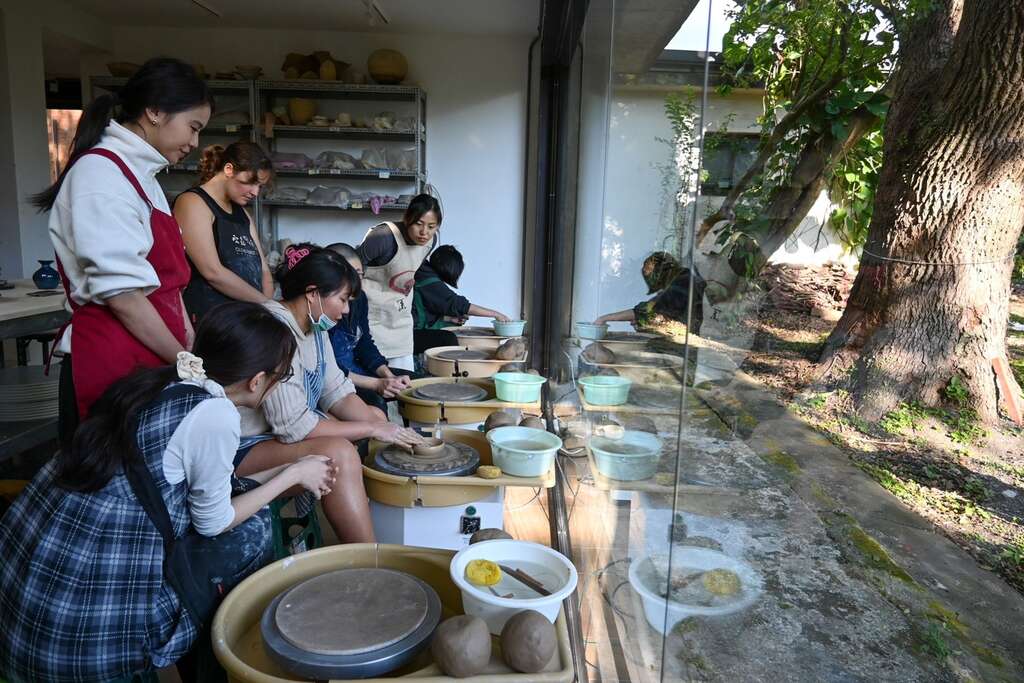
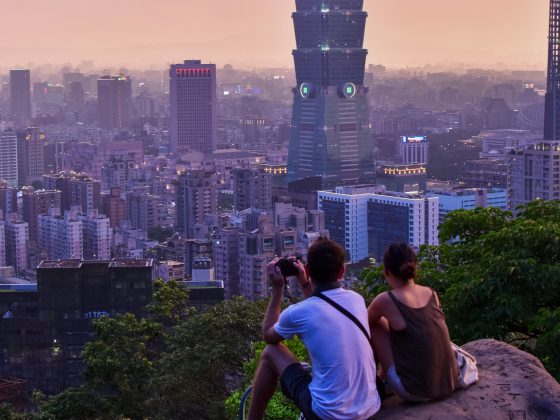
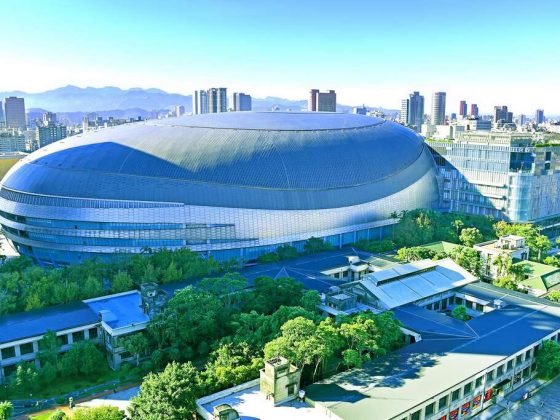









Comments are closed.